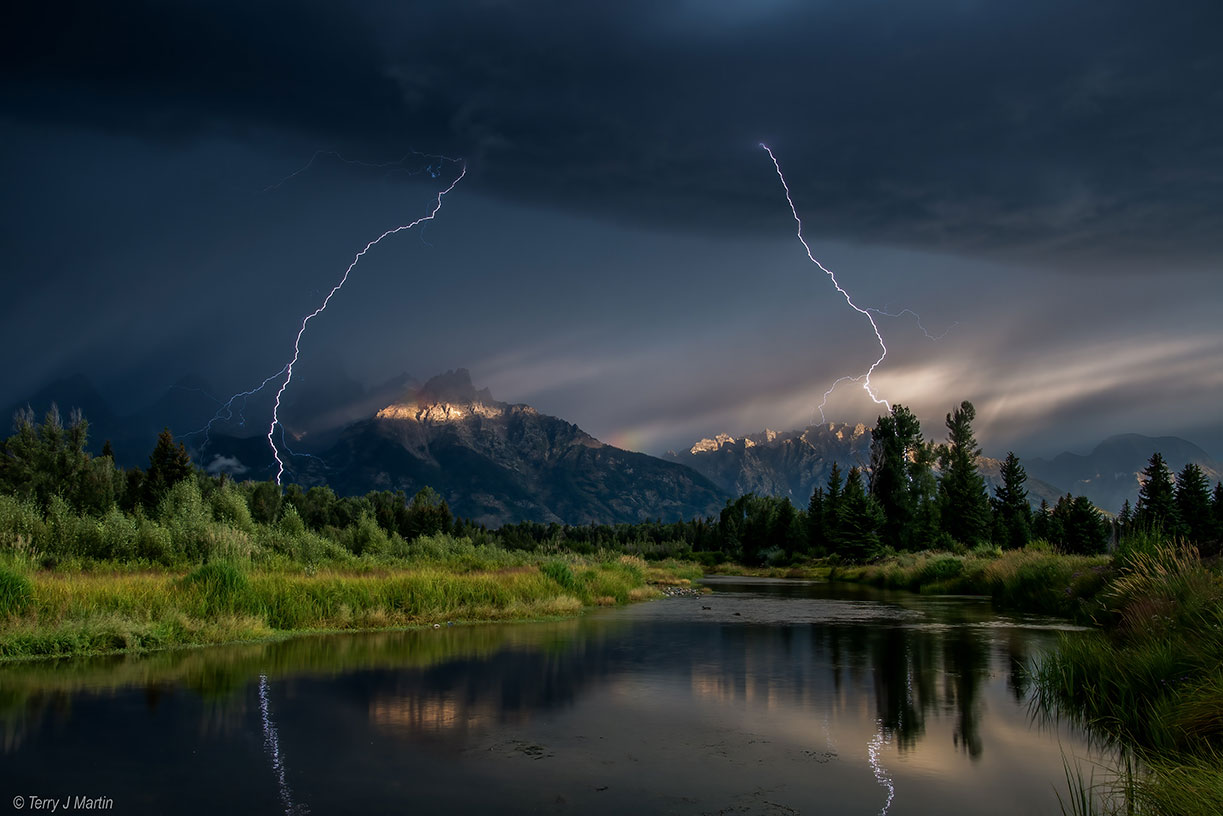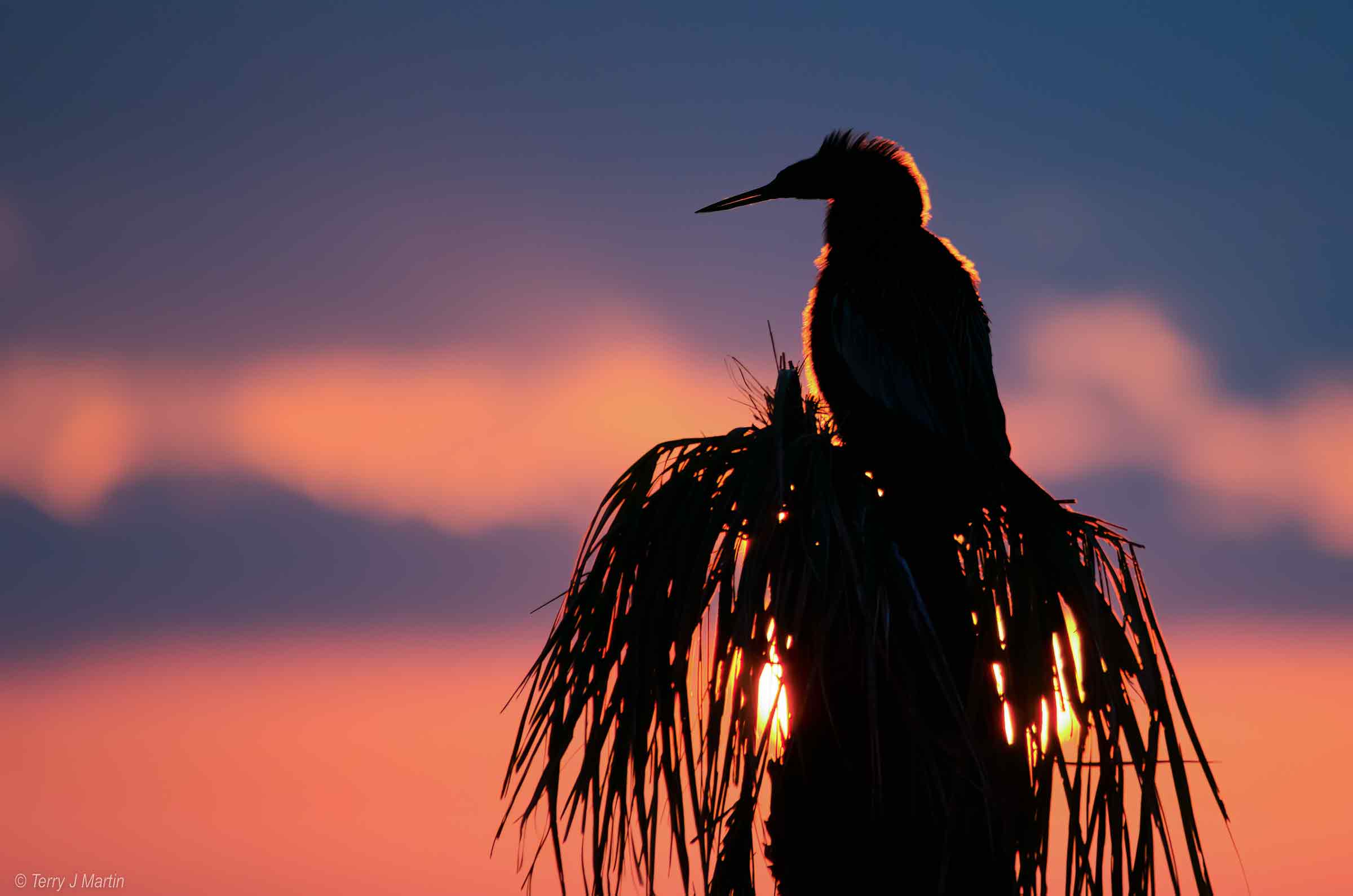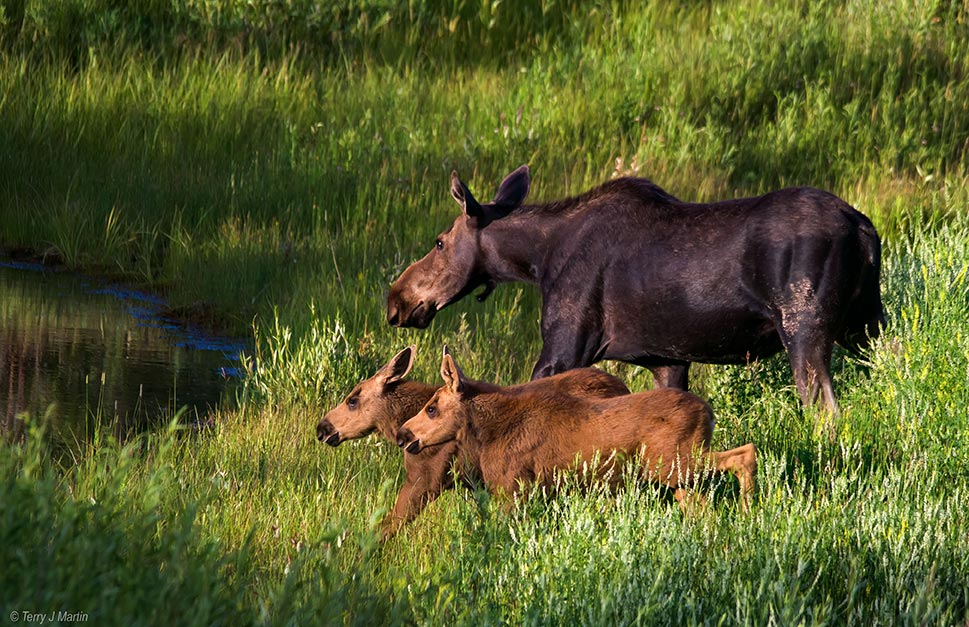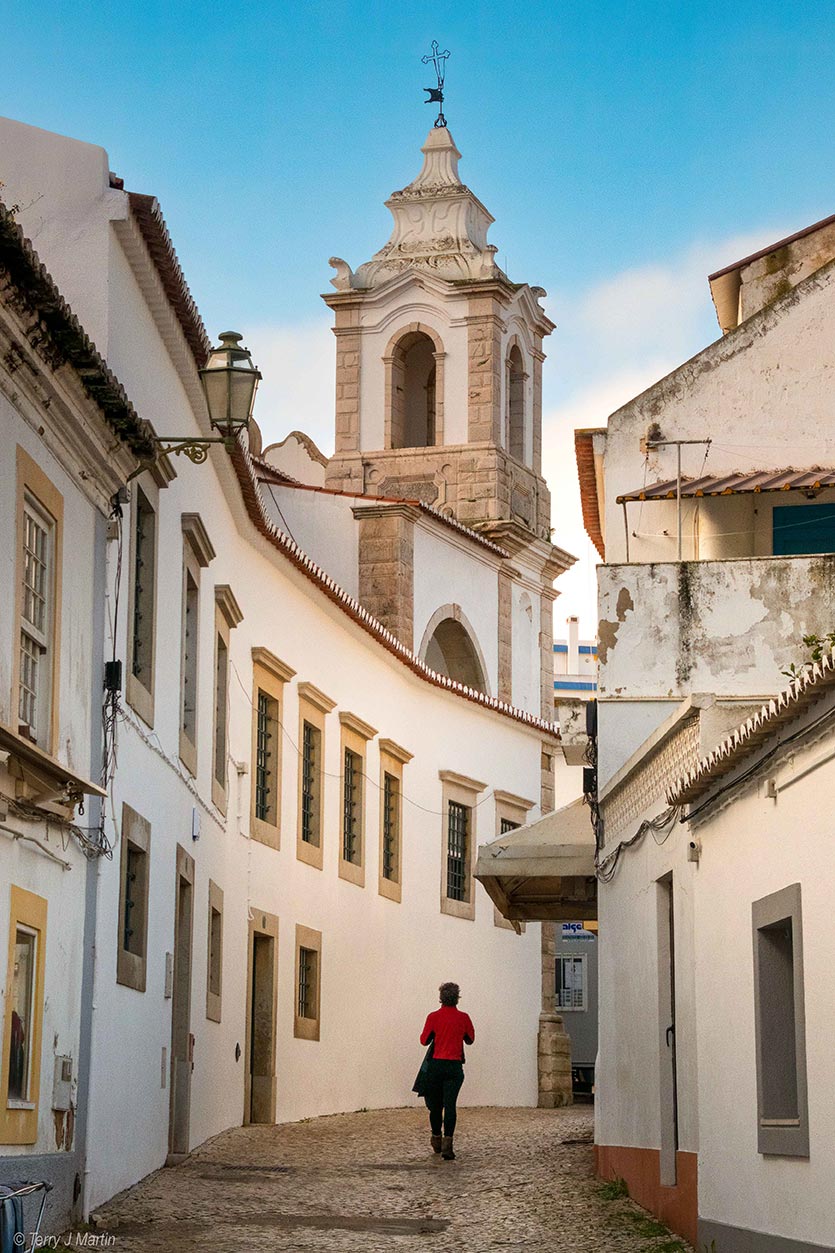Bio

Welcome to my Gallery
As a professor of English at Baldwin Wallace University, I have long enjoyed a love of literature and of the arts, but I did not discover my own passion for fine art nature and travel photography until I was in my fifties. Yet from the moment I acquired my first DSLR camera (a Nikon D7000) while on vacation in Sanibel Island, a certain powerful instinct to explore photography as an artistic medium and to, as it were, make love to the world through my camera took hold of me and has never let go of me since. It was as though I had suddenly been possessed by one of the poetic Muses, which was all the more surprising because I never suspected that I harbored any such impulse inside me. Even though I had owned and used various cameras throughout my life, I had never before experienced such deep joy in the creation—or, rather, co-creation—of natural imagery, which burst forth in my life like wildflowers in the desert after a torrential rain.
What is equally surprising are the far-reaching and transformative effects that the practice of photography has had on my life. For one thing, it has taught me to slow down and to become much more attuned to the beauty around me. As a lifelong runner and hiker, I used to be more focused on getting to the destination. Now, however, I find myself more engrossed in every step of the way, continually surveying the photographic possibilities around me. No matter how tired I am from hiking, the mere appearance of a photo op can transform the wettest, coldest, rockiest, muddiest, or buggiest trail into a playground of visual and aesthetic delights. At such times, I seem to go into the zone, and all thoughts of scarcity seem to vanish in a kind of Zen-like rapture.


Another result of my pursuit of photography is that I have developed a surprising love and affinity for birds, which for some reason emerged early on as my favorite photographic subject. I can’t say that I had ever paid much attention to birds before then. Although it’s true that taking pictures can sometimes get in the way of being fully present in the moment, I have nevertheless found that the practice of wildlife photography has actually increased my attentiveness to birds and other wildlife a hundredfold. At any rate, the many hundreds of hours that I have spent observing birds through the lens of a camera have contributed to making me much more aware and appreciative of them. Moreover, by revealing details of anatomy as animals’ anatomy as well as by freeze-framing the fluid contours of movement, the camera expands the powers of perception well beyond what the naked eye can perceive. In other words, when approached in the right spirit, the camera lens can be a powerful tool for both observation of the natural world and expansion of inner consciousness. I never imagined, for instance, that as a result of my photographing birds and hanging out so often in their company, they would come to enter my spirit in such a profound and integral way.
Interestingly, my mother was both a birder and a photographer, but neither of those passions ever visited me while she was still alive. (She passed away from breast cancer in 2006.) When, therefore, these passions suddenly appeared in my life, I felt as though I were channeling her spirit, and I came to feel her ongoing presence in my life. Indeed, we never know what effect we will have upon others—what germanous seeds we may have planted, which, no matter how long dormant, may suddenly sprout up to the sky, like the proverbial bean stalk in the fairy tale. Of course, the best seeds are those planted by love. There was no coercion in the way she transmitted either of these gifts to me; I simply absorbed in some way the interest and joy I saw her take in them.
My mother also practiced landscape photography, and here, too, I learned from watching her. She was the unsung photographic bard of our many family mountain climbing and other adventures. Although my sister and I used to groan when she would ask us to pose for her (as did my own children many years later when I asked them to pose for me—which seems karmically fitting), we nevertheless came to treasure the pictures my mother took of our family on, say, the peaks and the trails of the Adirondack Mountains.

She and my father both nurtured my lifelong love of wilderness and of backpacking, even if my own interest in landscape photography only emerged later on, along with my love of trekking and more active pursuit of the charismatic megafauna such as lions and tigers and bears, oh my. I am eternally grateful for the seeds that each of my parents planted in me. I am likewise grateful to my sister Tris for her patient and generous support of my photography over the years, just as I am to my own children for their patient forbearance.
Of course, I have also enjoyed excellent teachers and advice along the way. Of particular note are former Baldwin Wallace University Photographer Stephanie Krell, as well as the superb courses and camaraderie offered by the Cleveland Photographic Society.

Having developed a greater interest in spirituality in recent years, I have also come to appreciate why the practice of photography can be so extraordinarily conducive to happiness. For instance, my own practice combines many of the scientifically-documented strategies for boosting happiness outlined in Sonia Lyubomirsky’s The How of Happiness:
- Savoring life’s joys with a camera
- Increasing flow experiences
- Nurturing creativity
- Getting out into nature
- Meditation (both hiking with a camera and hanging out in the company of wildlife can be profoundly meditative activities)
- Committing to one’s goals
- Practicing spirituality (i.e., finding the sacred in everyday life)
- Cultivating optimism
- Avoiding overthinking
- Taking care of one’s body through physical activity
- Expressing gratitude
- Nurturing social relationships (I have indeed met many wonderful people in the practice of my art, and I love trading tips with other photographers)
Finally, since my own practice of photography is deeply rooted in the love and reverence I feel for the natural world, I can only hope that it will likewise help to promote such feelings in others and thus contribute to the cause of conservation. We will only preserve what we value, and I believe that photography has a crucial role to play, not only in cultivating our aesthetic appreciation for the natural world, but also in promoting love and respect for all of the members of the biotic community, of which we are just one small part. The science of biophilia has shown that exposure to nature can have a profoundly therapeutic impact on human well-being. As it turns out, studies show that even seeing pictures of nature can help to increase our happiness and well-being. So, dear viewer, I hope this gallery makes you as happy as it did myself to photograph it!
